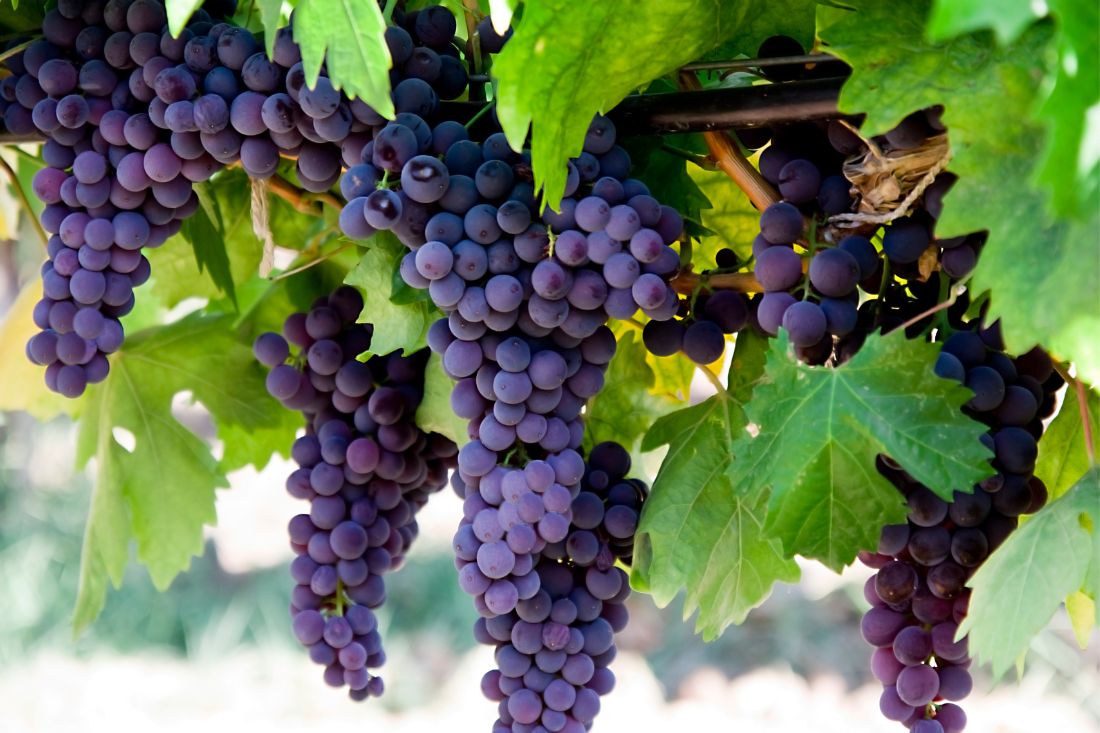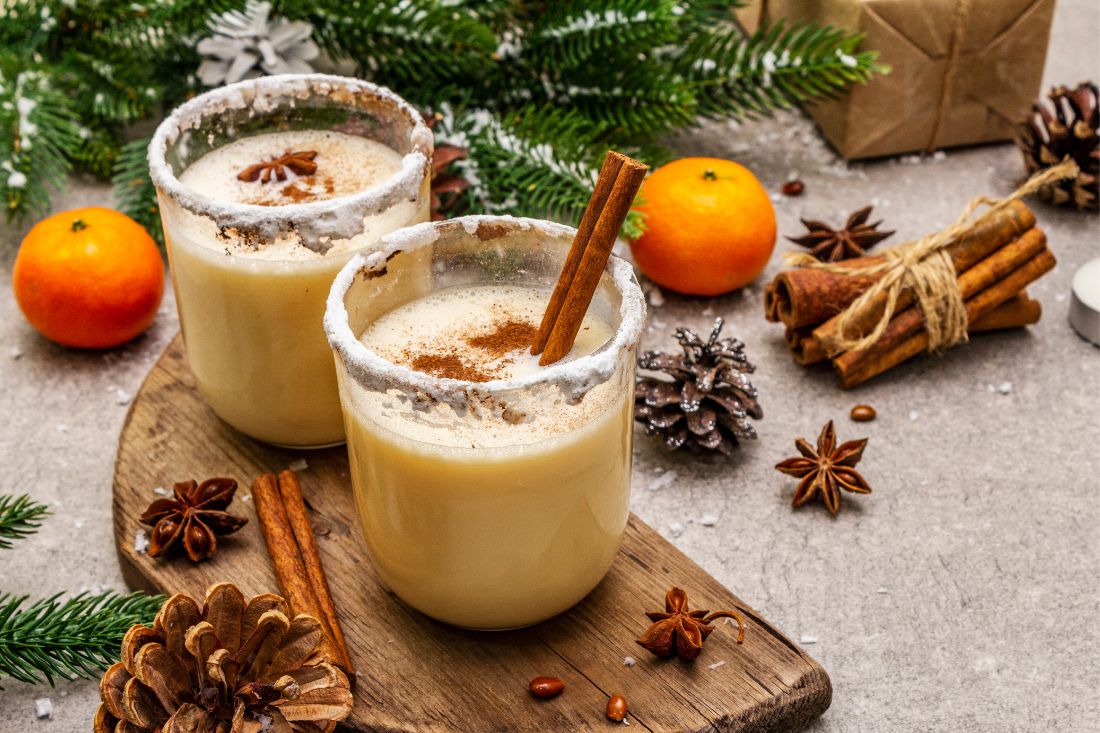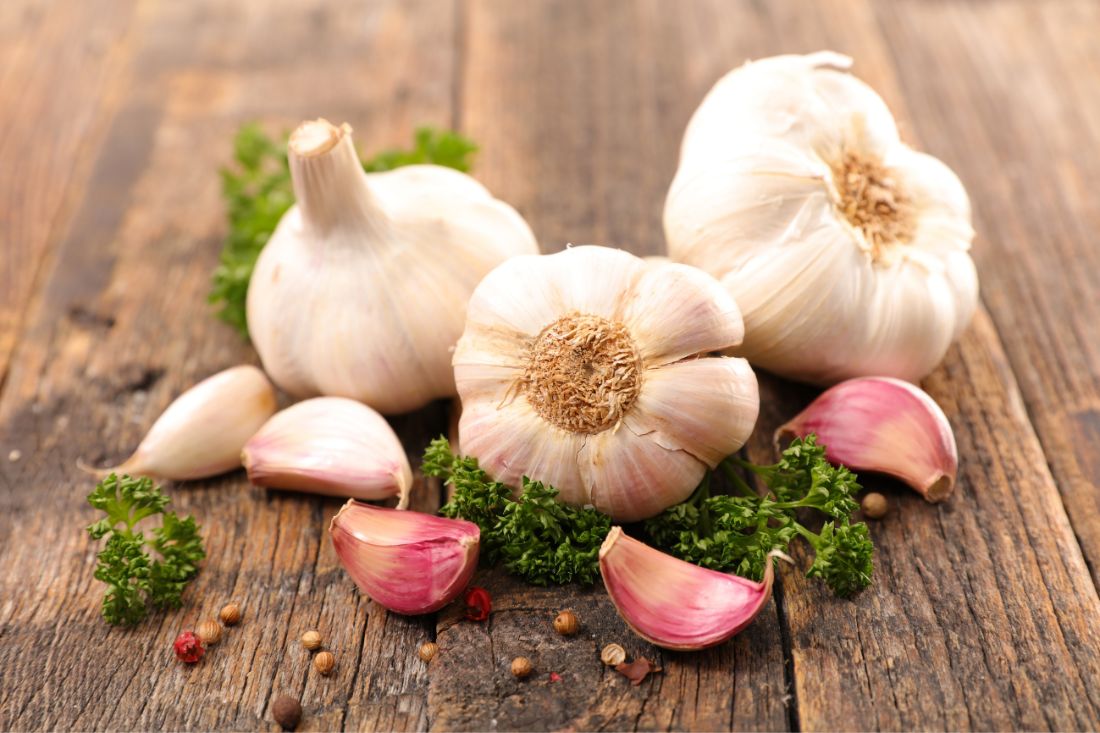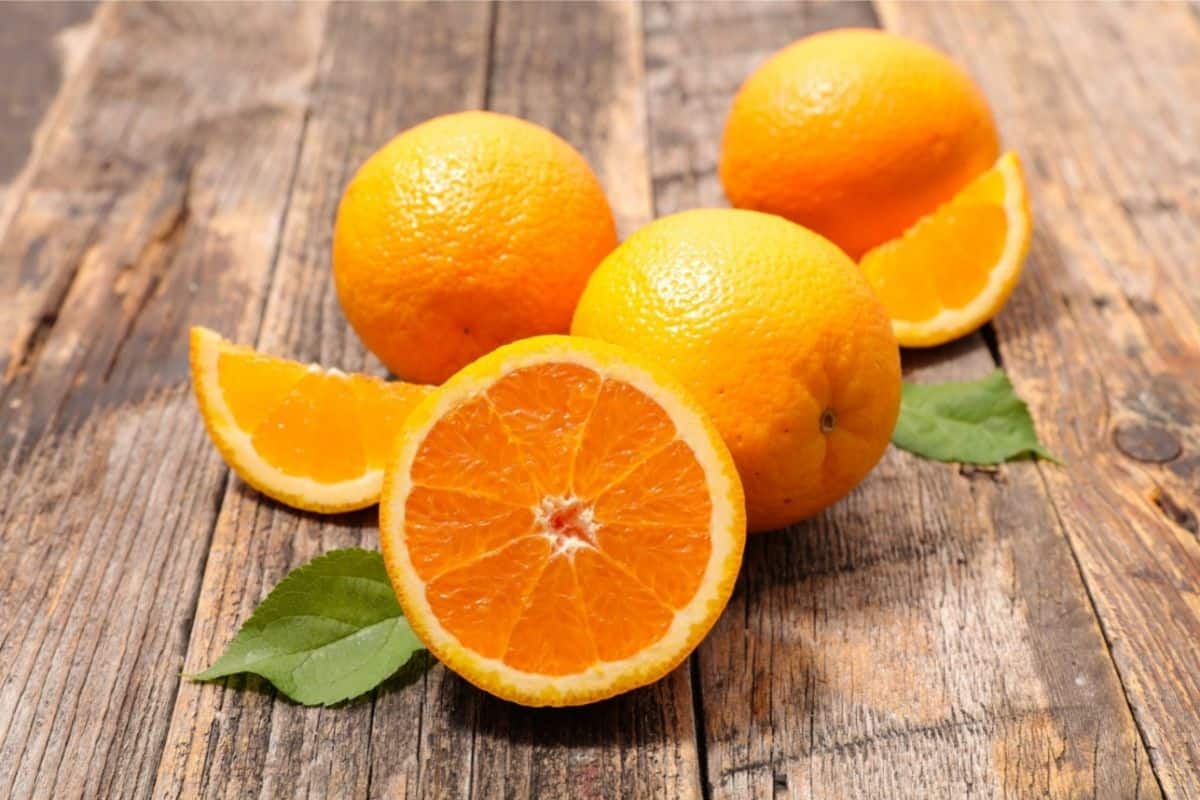Ready to bite into a world of pears? It’s time to discover the delicious world of Bartletts, Boscs & Anjous with these fun facts about pears!
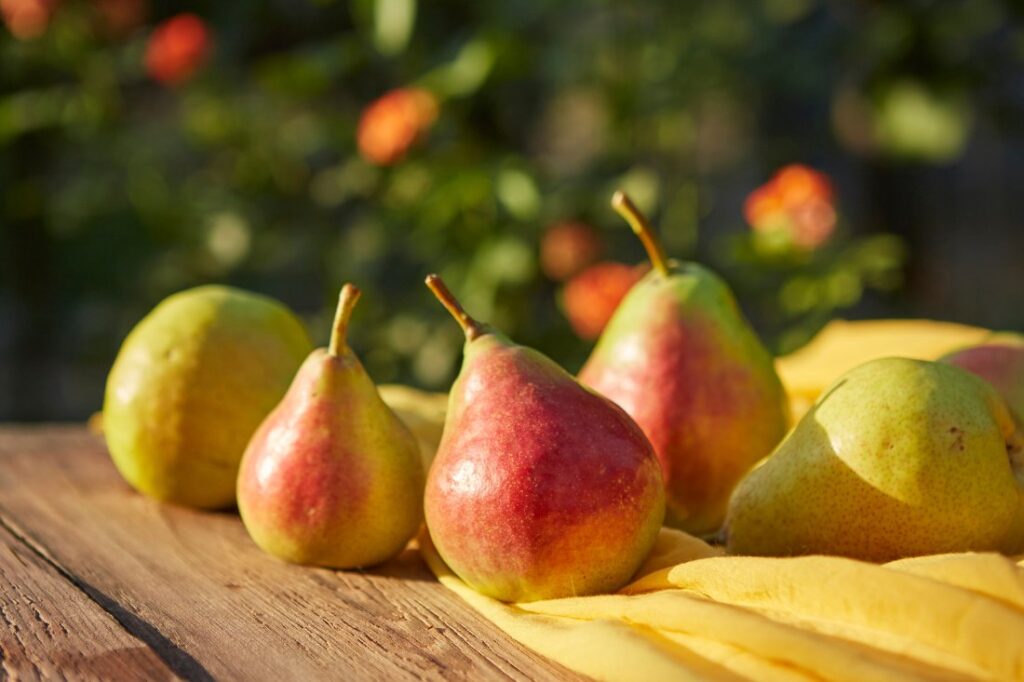
With diverse variety and incredible versatility, pears have a lot to offer both for your taste buds and your physical health.
From the antioxidant-rich skin filled with stone cells, the abundance of Vitamin C and a whopping 5 grams of fiber, pears are definitely a good addition to a healthy diet. Could we say, a pear a day keeps the doctor away? We certainly think so!
But pears also have an indulgent side. From delicious crumbles and tarts to fancy poached pears that make up the French dessert, Poires Belle-Helene, the delicate taste and texture of pears are absolutely unmatched.
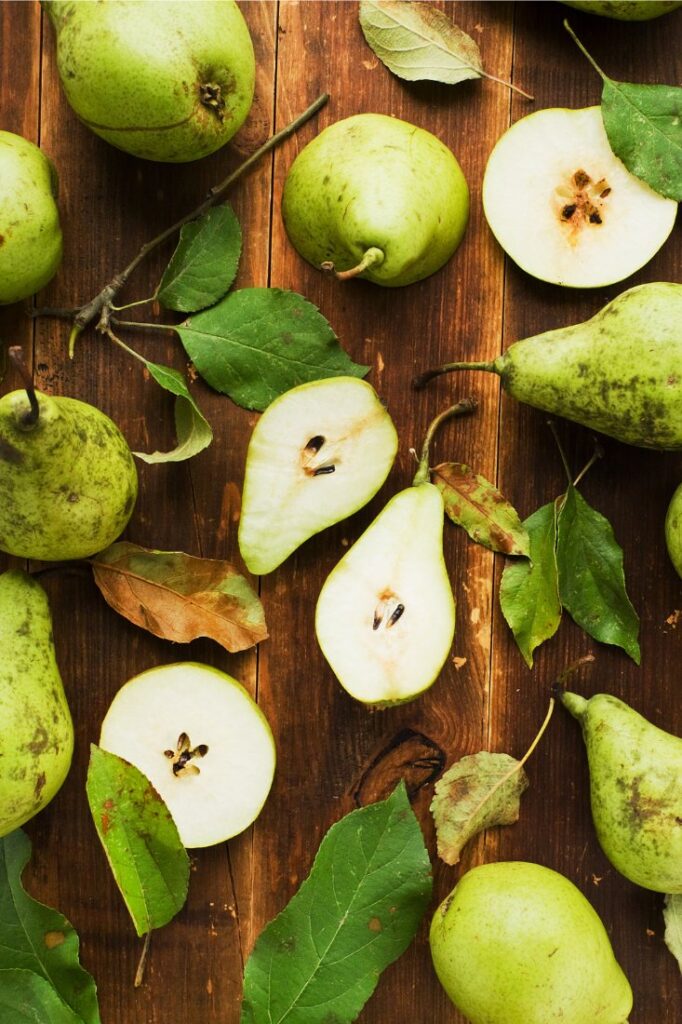
With these fun facts about pears we will delve into the fascinating history of the pear, from cultivation in Ancient China to the heaviest pear ever grown. Make your guess now – we’re telling you, this is one massive pear!
Pears have also been a symbol for immortality and fertility in many cultures around the world and have been a recurring subject for some of the most famous artists of all time including Van Gogh, Renoir and Gaugin.
So come along for a journey through the world of pear facts. You’ll be sure to learn something new about this weird-shaped fruit with a unique taste and fascinating backstory.

21 Fun Facts About Pears
1. Where were the first pears grown?
It’s believed that pears were first grown and cultivated in China sometime before 1100 BC. However, people had been enjoying pears as a wild-foraged fruit even before that.
In the 7th century BC, pears were so sought after by the Greeks and Romans that the author Homer declared pears a gift from the gods.
2. What did pears used to be called?
We haven’t always referred to these drop-shaped fruits as pears. In fact, one of the pears’ first monikers was “butter fruit”.
If you’ve ever bitten into a perfectly ripe pair, you’ll know the “butter fruit” name is accurate, from the delicate mouth feel to the soft rich flesh.
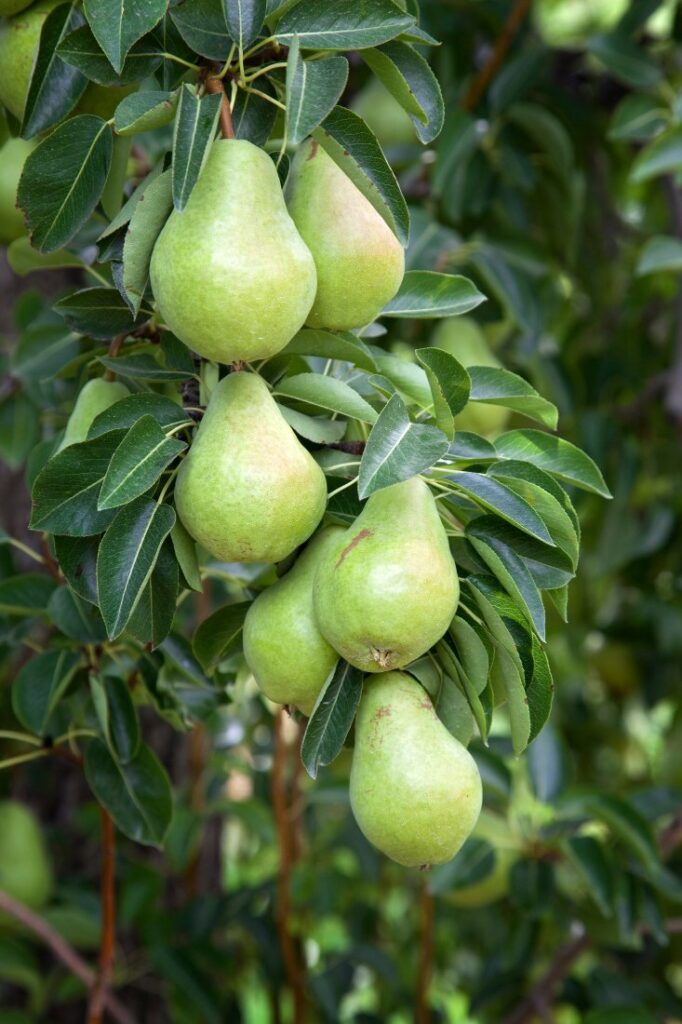
3. What are the most popular pear varieties?
Amazingly, there are over 3,000-5,000 varieties of pears. The most common varieties of European pear include Bartlett, Bosc and Anjou. While the most sought after Asian pears include Nijisseiki, Chojuro and Hosui.
4. What is the nutritional profile of a pear?
Adding a pear to your daily diet is a downright healthy choice. While being high in vitamin C, potassium and copper, pears also offer a whopping 5.5 grams of fiber.
A medium-sized pear contains 101 calories, 0.6 grams of protein, 0.3 grams of fat, and 27g of carbohydrates.
5. What do pears have to do with roses?
If you read our fun facts about peaches or raspberries, you won’t be too surprised that pears are also part of the rose family.
The prolific and delicious family also includes such fruity delights as apples, plums and cherries. The scientific name for this family is called rosaceae.
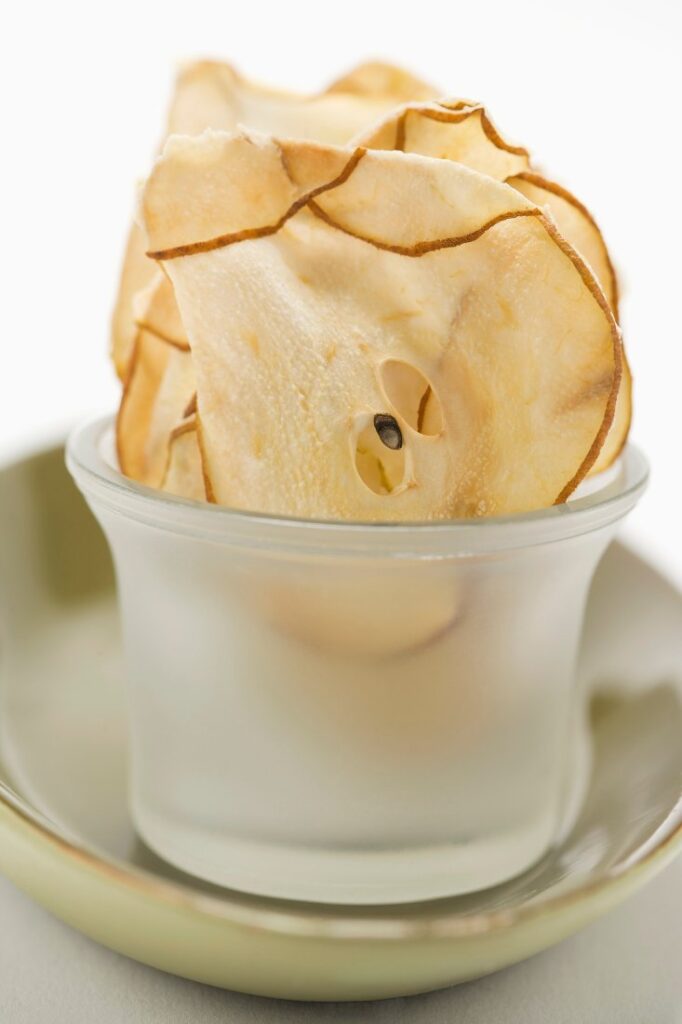
6. The importance of pears in Chinese medicine
Let’s go back 2,000 years to the Han Dynasty of Ancient China. This is when pears were first discovered to have healing properties.
Pears were prescribed to alleviate such ailments as inflammation, hyperglycemia, and dehydration. Pears were also used to promote urination, relieve restlessness, and dissolve mucus.
7. What do pears symbolize?
Owing to the long life of pear trees and the unique droplet shape, pears have been an important symbol for many cultures.
In China, pears symbolize prosperity and immortality. In Korea, pears represent grace and nobility. And in the Christian world, the pear’s shape and sweetness symbolizes the virgin as well as fertility.
8. Who exports the most pears?
In 2022, exports of pears were valued at an astonishing $2.5 billion dollars. The largest exporter of pears were China, Netherlands, Belgium, South Africa and Argentina. These top-5 countries are responsible for two-thirds of the world’s supply of pears.
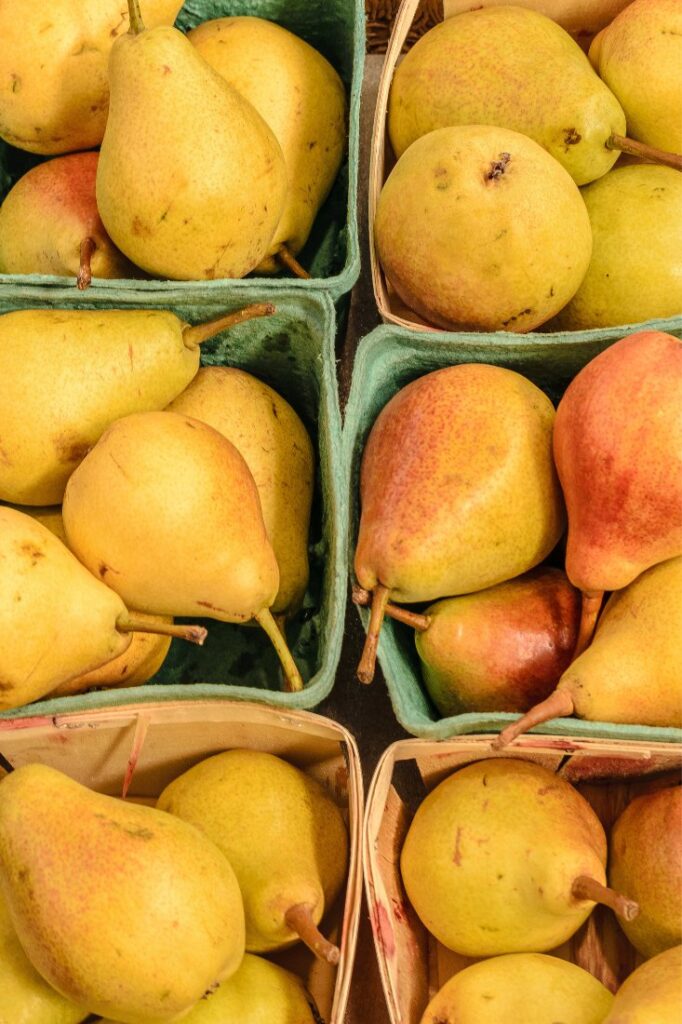
9. Who grows the most pears in the US?
The west coast of the US is the most prolific pear-producing region in the country. In 2022, Washington produced 285,000 tons of pears.
Oregon came in 2nd with 198,500 tons. And California, who typically always claims first place in produce production (see our fun facts about blueberries or avocados) claimed 3rd place with 160,000 tons.
10. What’s an Asian pear?
These two distinct groups of pears couldn’t be more different! European or Occidental pears are smooth-skinned with a round bottom.
Asian or Oriental pears have a shape similar to an apple and a rougher outer skin. We think both are absolutely refreshing and delicious though!
11. Why are pears so hard when you buy them?
In order to extend the shelf-life of pears, they’re often picked well before they’re ripe and ready to eat. That’s why when buying pears at the grocery store, you sometimes have to let them ripen for several days before they’re ready to eat.
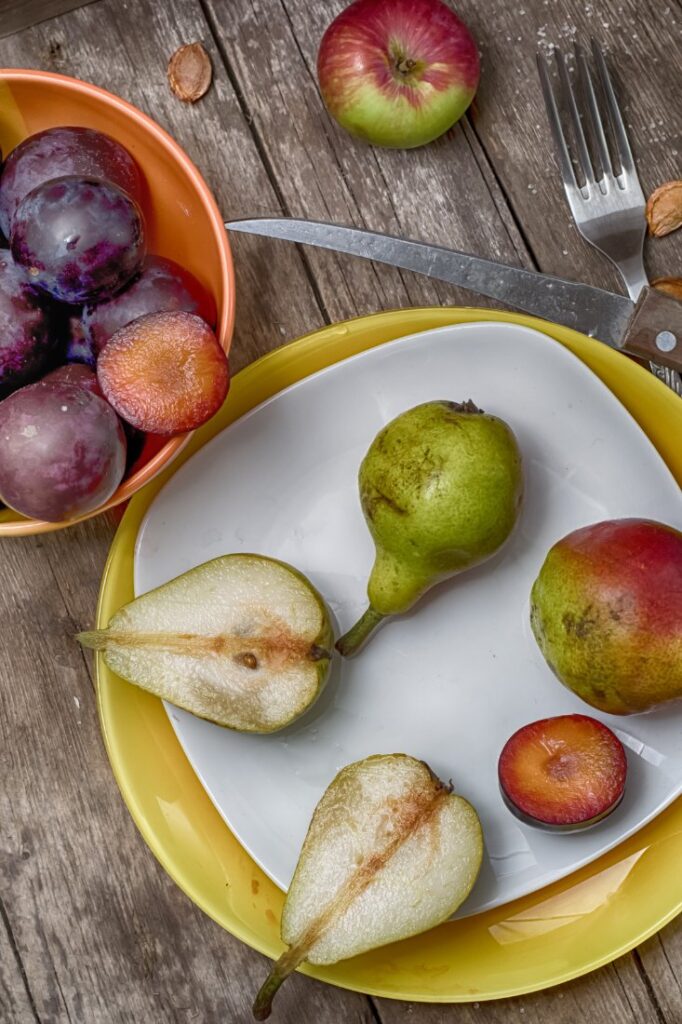
12. Picking pears by hand
Pears, even in their unripened state, are quite a delicate fruit that bruises easily. That’s why most pears are hand-picked from the tree instead of machine-picked like some other fruits.
However, there are some possible solutions on the horizon. An Israeli company has invented a flying autonomous robot that can gently pick fruit 24-hours a day. How crazy is that!?
13. Pear tree facts
A pear tree in full bloom is absolutely stunning with dense white or pink flowers (depending on the variety). Pear trees can also grow to an impressive height of 40 feet (12 m).
A pear tree grown from a seed can start producing pears in 4 to 8 years and the tree will produce fruit for up to 75 years.
14. Why are pears so gritty?
The unique structure of a pear’s soft flesh and tough skin includes something called stone cells or sclereids.
These cells protect the pear from damage and also enhance the flavor of a pear as it ripens. This is a unique characteristic of pears and gives them their gritty texture.
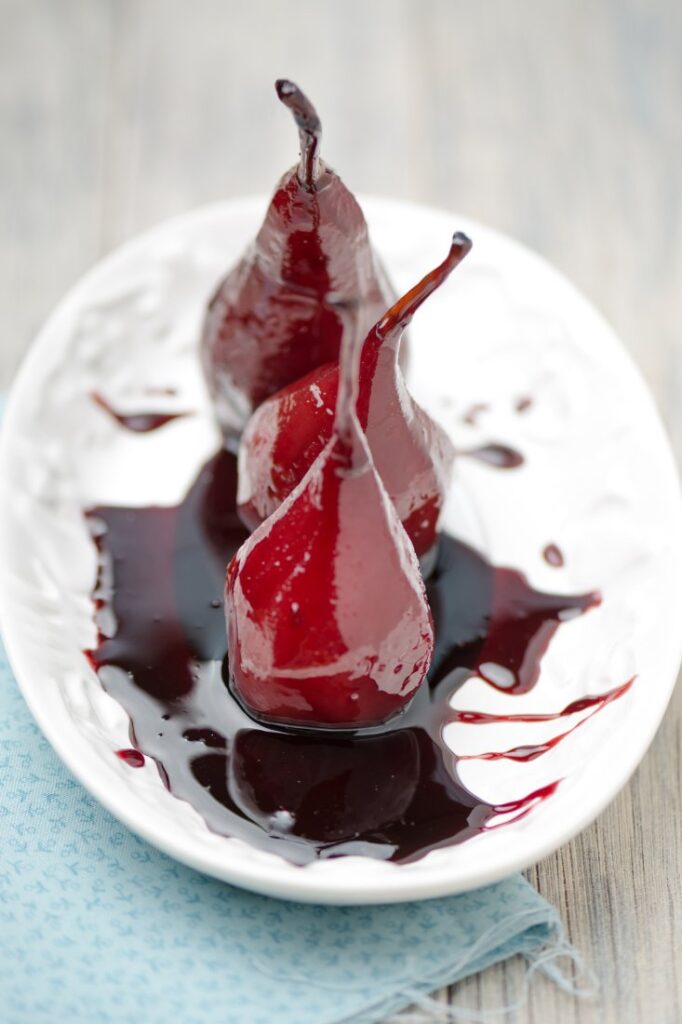
15. How do I tell if my pears are ripe?
Since pears are one of the only fruits that ripen after being picked, it’s sometimes hard to know when to bite into one. Here’s three words to remember: Check the neck.
Softly press your finger into the upper part of the pear by the stem. If it yields, the rest of the pear is ready to be devoured.
16. Artists love to paint pears
Pears have been featured in countless iconic artworks in human history. Still Life with Apples Pears Lemons and Grapes by Van Gogh and Basket of Pears by Renoir are two of the most celebrated.
Our favourite has to be Vortumnus by Giuseppe Arcimboldo, a portrait arranged with various fruits and vegetables, with an elongated pear for the nose.
17. The granddaddy of all pear trees
We mentioned earlier that the lifespan of a producing pear tree is around 75 years, but the Guinness Book of World Records tells us that the oldest pear tree in existence is over 450 years old!
While it may not produce fruit anymore, this impressive tree can be found in Gansu China in the ancient pear garden.
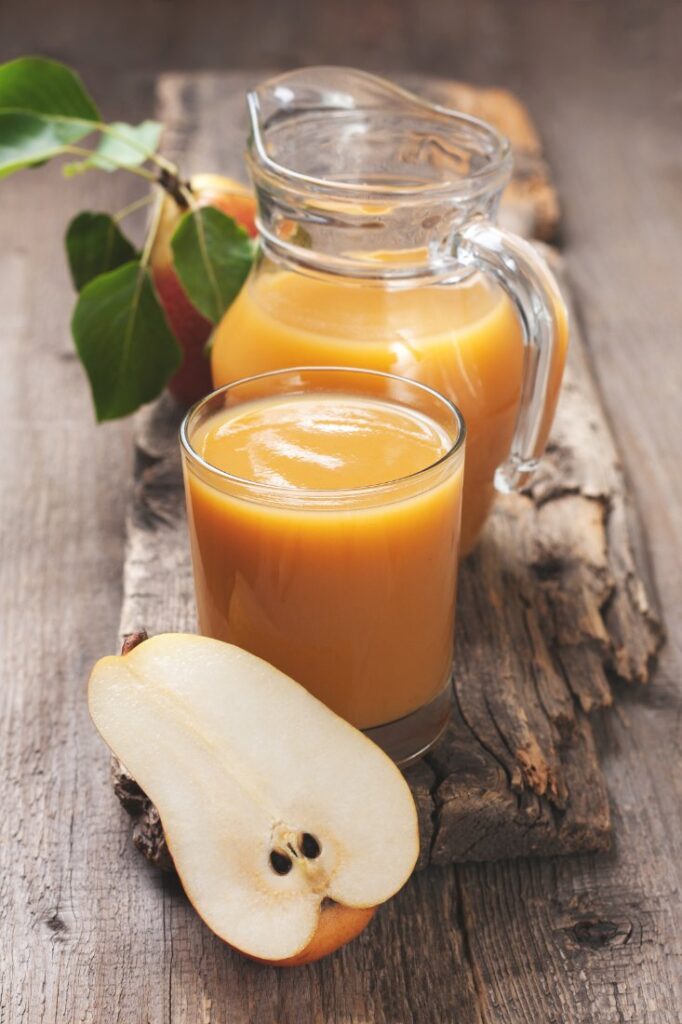
18. A strange pear social experiment
A company called Pear is trying to bring the world of single-and-looking to the forefront. By wearing a Pear-brand ring you are telling others that you’re single and looking to ‘pear-up’.
This experiment has also taken off online, with people placing a pear in their social media profiles to let others know of their single status.
19. Can pears meditate?
Here’s one of the coolest fun facts about pears we discovered in our pear-fect journey into the world of pears.
It’s the buddha pear, a unique pear mold created in China that creates perfect buddha-shaped pears even with intricate facial details. A pear’s shape is ideal for that round buddha belly!
20. Get a load of this massive pear!
This is one of the pear facts that will boggle your mind. The world’s heaviest pear was grown in Japan in November 2011. The atago pear weighed in at a massive 6 lb 8 oz (2.95 kg).
Another strange fact about this humongous pear – it was grown in Toyota prefecture in the heart of Japan’s auto industry.
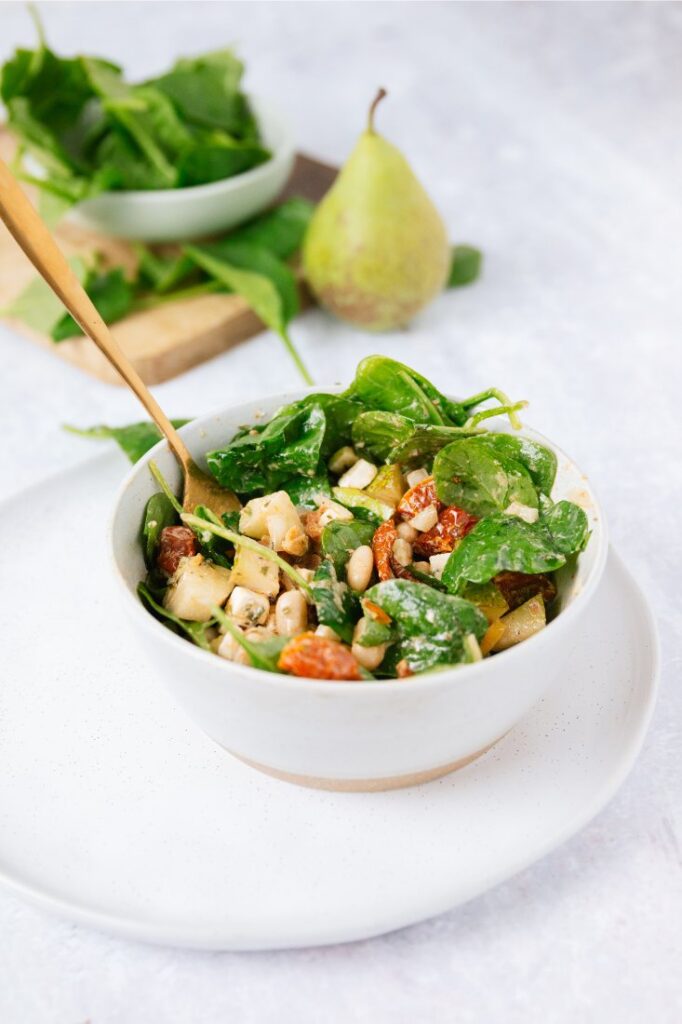
21. A day and month to celebrate pears
December is the month to celebrate pears! Both National Pear Month and World Pear Day (December 2nd) fall in the last month of the year.
There’s even something called the Pear-a-thon which sees professional chefs live-streaming for six hours on how to cook and bake with pears.
Who wants more fun facts?

If you’re looking for some recommendations, these are a few of our favorite fact books to buy. We use these when planning fun trivia nights with family and friends!
We really hope you enjoyed all our fun facts about pears! Did you learn something new?
If there’s any pear facts we missed, you can let us know in the comments below and we’ll add them to this article!

